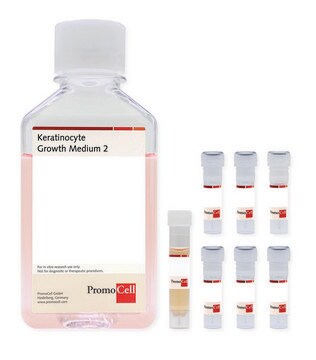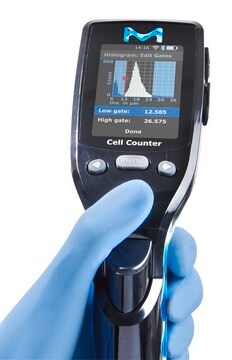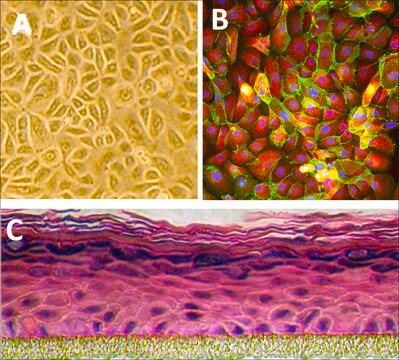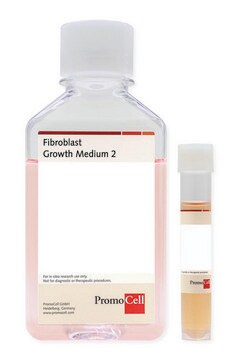C-12005
Normal Human Epidermal Keratinocytes (NHEK)
Juvenile foreskin, pooled, 500,000 cryopreserved cells
Synonym(s):
Human Keratinocyte Culture, NHEK Cell Line
About This Item
Recommended Products
biological source
human foreskin (juvenile epidermis)
packaging
pkg of 500,000 cells
morphology
( epidermal)
technique(s)
cell culture | mammalian: suitable
shipped in
dry ice
storage temp.
−196°C
General description
Cell Line Origin
Application
Quality
Warning
Subculture Routine
Other Notes
Recommended products
Disclaimer
Storage Class Code
12 - Non Combustible Liquids
WGK
WGK 1
Flash Point(F)
Not applicable
Flash Point(C)
Not applicable
Certificates of Analysis (COA)
Search for Certificates of Analysis (COA) by entering the products Lot/Batch Number. Lot and Batch Numbers can be found on a product’s label following the words ‘Lot’ or ‘Batch’.
Already Own This Product?
Find documentation for the products that you have recently purchased in the Document Library.
Customers Also Viewed
Articles
Primary human keratinocytes and serum-free keratinocyte growth media for the feeder cell-free in vitro cultivation of epidermal keratinocytes. Protocols for handling, cell passaging, media, and product use.
Protocols
3D cell culture protocol for generating epidermal human skin tissue using primary human keratinocytes, dermal fibroblasts, and collagen-coated transwell inserts.
Our team of scientists has experience in all areas of research including Life Science, Material Science, Chemical Synthesis, Chromatography, Analytical and many others.
Contact Technical Service





